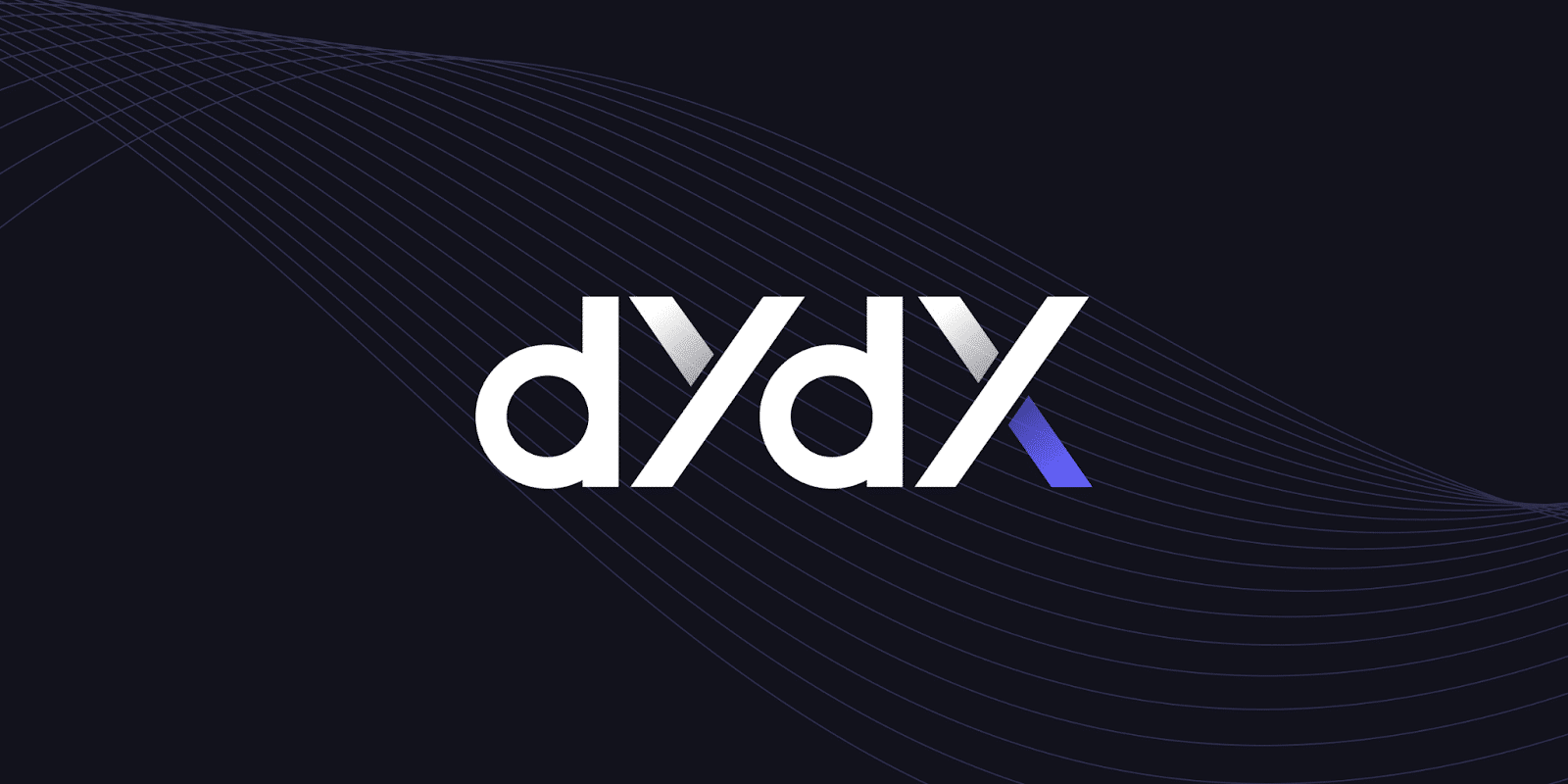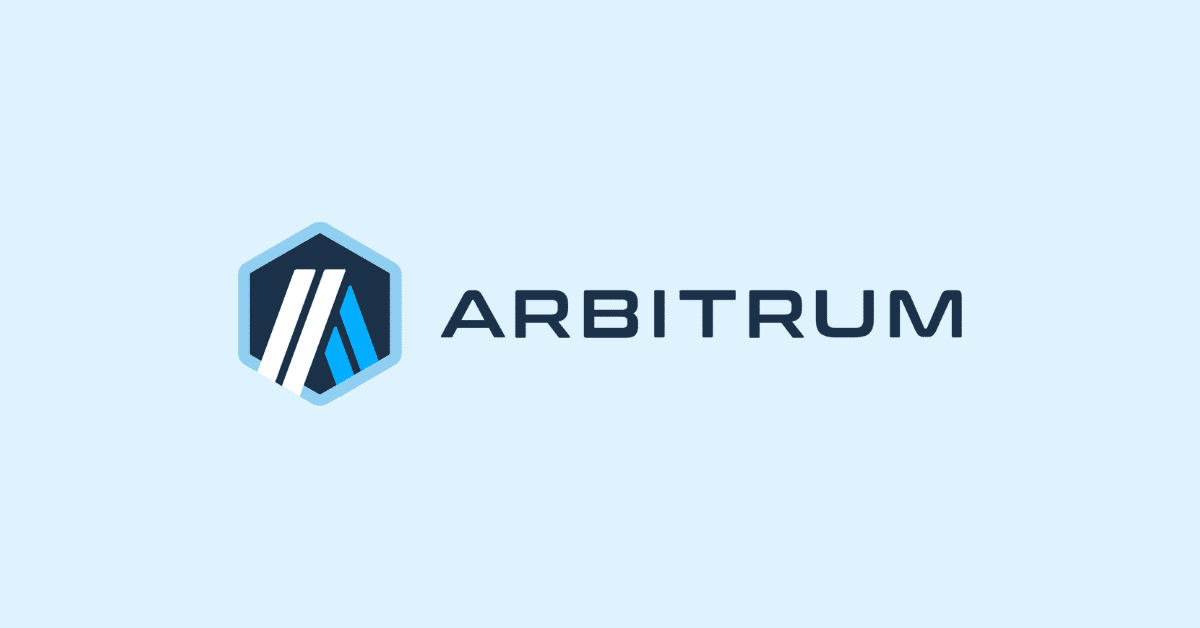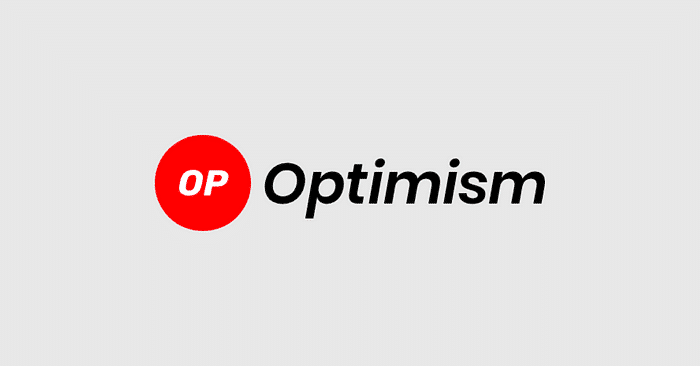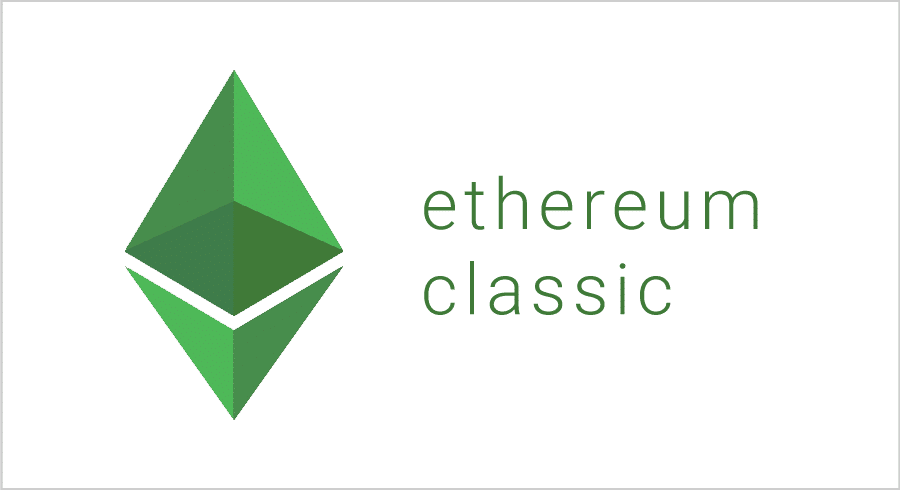Trading and mining are the two ways most people earn through crypto. Both present some problems, though. Trading is inherently risky. While mining takes a large investment in hardware and takes up a significant amount of energy (hence more monetary investment).
There is another way. You can make your crypto work for you, and create a passive income stream by operating a masternode. Not all cryptocurrencies work the same, so not all have this capability. Of those that do, Dash (DASH) is by far the biggest and most popular.
But what is a masternode? That’s what this article is going to explain, as well as how you can get started operating a Dash masternode, making passive income from crypto.
Dash History And Background
At the time of writing this Dash, is the 13th largest cryptocurrency by market cap, with a total value of US$ 1.5 billion. It was launched in 2014, as a fork from Bitcoin. Since its inception, it has spent a significant amount of time since then as one of the most valuable cryptocurrencies in circulation. In March 2017, Dash saw a meteoric rise to become the 3rd most valuable cryptocurrency for a period of time.
The aim of Dash is to provide a fast, borderless, untraceable currency for transactions. It achieves this through two features – “InstantSend” and “PrivateSend”.
- InstantSend allows transactions to skip the regular validation process that results in slow transaction times for many cryptocurrencies.
- Private Send works by running a sequence of dummy transactions before executing the intended one. By doing this, external parties are unable to see the sending party of a transaction. As a result, the transaction is unable to be traced, unlike those made with other popular currencies like Bitcoin and Litecoin.
By default, these features are off. Users have the option to enable or not.
Dash has made traction as both a transactional currency and a privacy-centric coin. It is often named along with Monero and Zcash as one of the most prominent privacy coins. While on the other side of its use case, Dash has seen significant real-world adoption for everyday use in struggling economic areas, such as Venezuela and Colombia.
What Are Dash Masternodes?
In computing terms, a node is a computer or access point that operates as part of a network. A machine running a mining script, for example. A masternode then, by definition, is a node that has governance or control over regular nodes.
In the case of Dash, masternodes have three functions:
- Mixing coins to enable PrivateSend transactions
- Validating InstantSend transactions
- Running Dash’s decentralized autonomous organization (DAO) governance structure.
Decentralized governance (not run by a single person or company) is one of the key principles of cryptocurrency. Yet it presents a challenge to the advancement of Dash’s ecosystem if no one is making any decisions. The DAO is the solution to this. Members of the Dash community can put forth proposals, for projects on the Dash network, or changes in the direction of the network as a whole.
This is where masternodes come in. Masternode owners vote on proposals made by community members, as well as funding decisions by the Dash treasury. Any money spent on Dash’s development, marketing, partnerships or anything else, must be democratically approved by the group of masternode operators. Thus, the community can still operate and move forward.
So, in summation, Dash masternodes have two components. The masternode itself is a Dash wallet, running a copy of the Dash blockchain, which facilitates the PrivateSend and InstantSend functions. While ownership of a masternode allows a user to take part in the decision-making process for the Dash network.
How Do I Get a Masternode?
The cool thing is, technically anyone can operate a masternode… with a couple of conditions.
The first is, you need to invest 1000 Dash to own and operate a masternode. This Dash is still yours, and you’re free to take it away or sell it. But to continue operating a masternode, your balance must not drop below 1000 Dash at any time. The investment acts as collateral, protecting against bad actors, or people who make decisions for personal gain or malicious reasons.
The second condition is, the device operating a masternode must meet technical specs, and stay running 24 hours a day (not losing connection for more than one hour). To run a masternode, you need a server (or VPS) with Linux and a dedicated IP address. This is to ensure the masternode has the capability to operate the functions necessary on the Dash network, without any significant delay for Dash users.
Past these two conditions, eligibility for masternode ownership is wide open. Someone who is totally new to the Dash community can set up a masternode, from anywhere in the world. The masternode can be sold or relinquished at any time, as well. No contract or long-time commitment is required.
The Monetary Incentive of Dash Masternodes
An investment of 1000 Dash (in addition to hardware) would be a big ask if it was solely to support the Dash network. No, the main reason most choose to set up a masternode is the incentive of a passive income stream.
For most blockchains, such as Bitcoin, the miners receive all the reward from generating new blocks. With Dash, it’s a little different.
Dash block rewards are split three ways:
- 45% to the miner
- 45% to masternode operators
- 10% to Dash’s treasury
So by running a masternode, you earn a consistent income in the same way as crypto mining. Since the reward splits between several parties, it is somewhat less than traditional mining rewards. But like mining, owning a masternode becomes more and less profitable based on Dash’s swings in value.
According to Dash’s official site, masternodes earn around 2 Dash per 7 days. This translated to an 11% return on an investment last year. In the coming years, block rewards are set to steadily decline, thus so will masternode income. But depending on what happens to the value of Dash, getting in early could be very worthwhile. For example, at the start of 2017, an investment of 1000 Dash would be roughly US$12,000. Today, it would be around $180,000.
Can I Get a Masternode If I Don’t Have 1000 Dash?
While you can’t get sole ownership of a Dash masternode unless you meet the collateral limit, there are ways you can still get a piece of the pie.
Some masternode owners offer people the ability to invest in masternode shares. Shares can be bought for a minimum of 25 Dash (approximately US$4500 now), giving people with less capital the chance to start earning passive income.
Some are individual owners. On the other hand, Neptune Dash is a publicly traded Canadian company running Dash masternodes, offering masternode shares to investors. As of March 2018, Neptune operated 18 Dash masternodes in total.
Investing in Dash masternode shares entails a little more risk, as you’re entrusting your Dash to a third party, whether it is an individual or a company such as Neptune. So make sure you do research beforehand to make sure anyone offering masternode shares is legit.
Dash Masternodes: In Summary
The ability to operate a masternode and earn passive income may be the most attractive thing about Dash for a lot of people. Even more than its PrivateSend and InstantSend features. While it carries a degree of risk, as anything in crypto does, masternodes work effectively like a savings account, but offer higher returns than traditional banking interest rates.
You can learn more about Dash masternodes here. Or you can go to https://masternodes.online/ to see info on all coins with masternodes, and the estimated ROI of each.
Andrew is a writer and digital marketer from New Zealand, now based out of South East Asia. Along with his work in many areas of the e-commerce space, Andrew has a keen interest in cryptocurrency, especially altcoins and projects focused on mainstream crypto adoption























